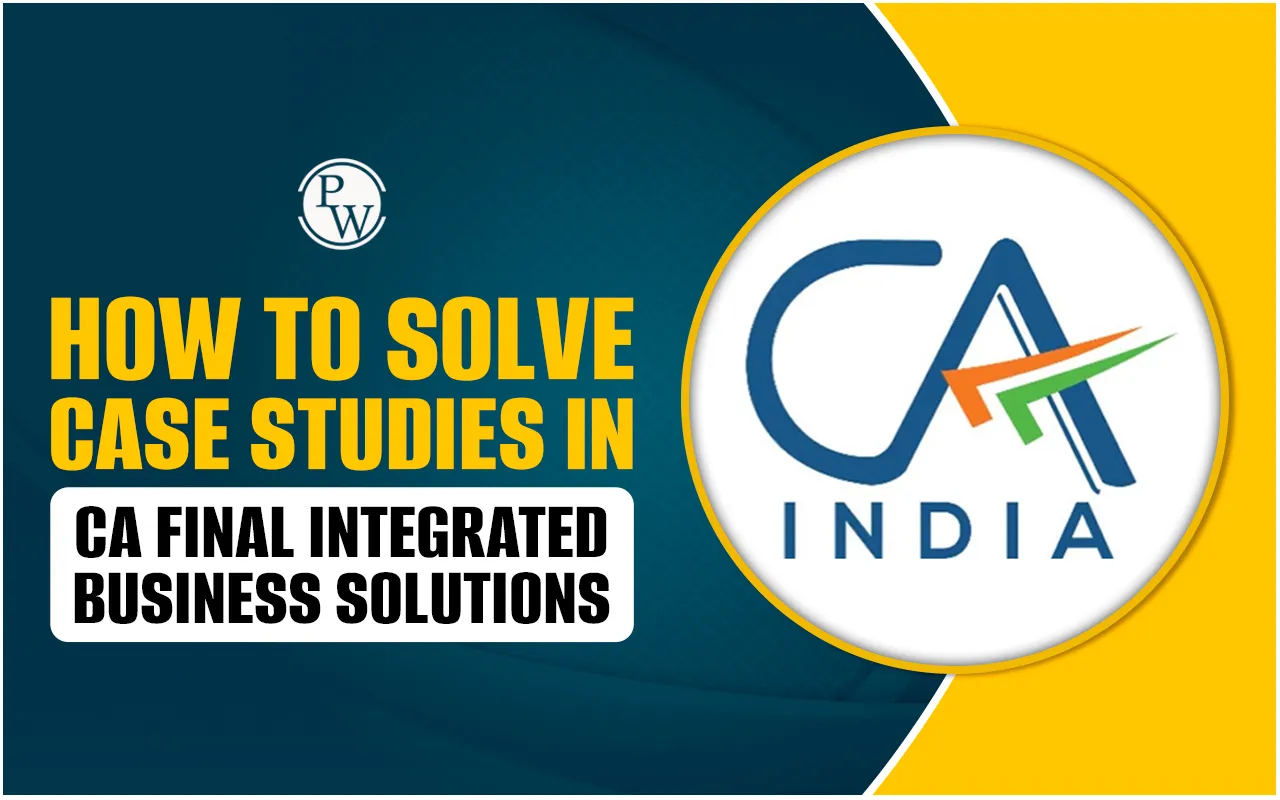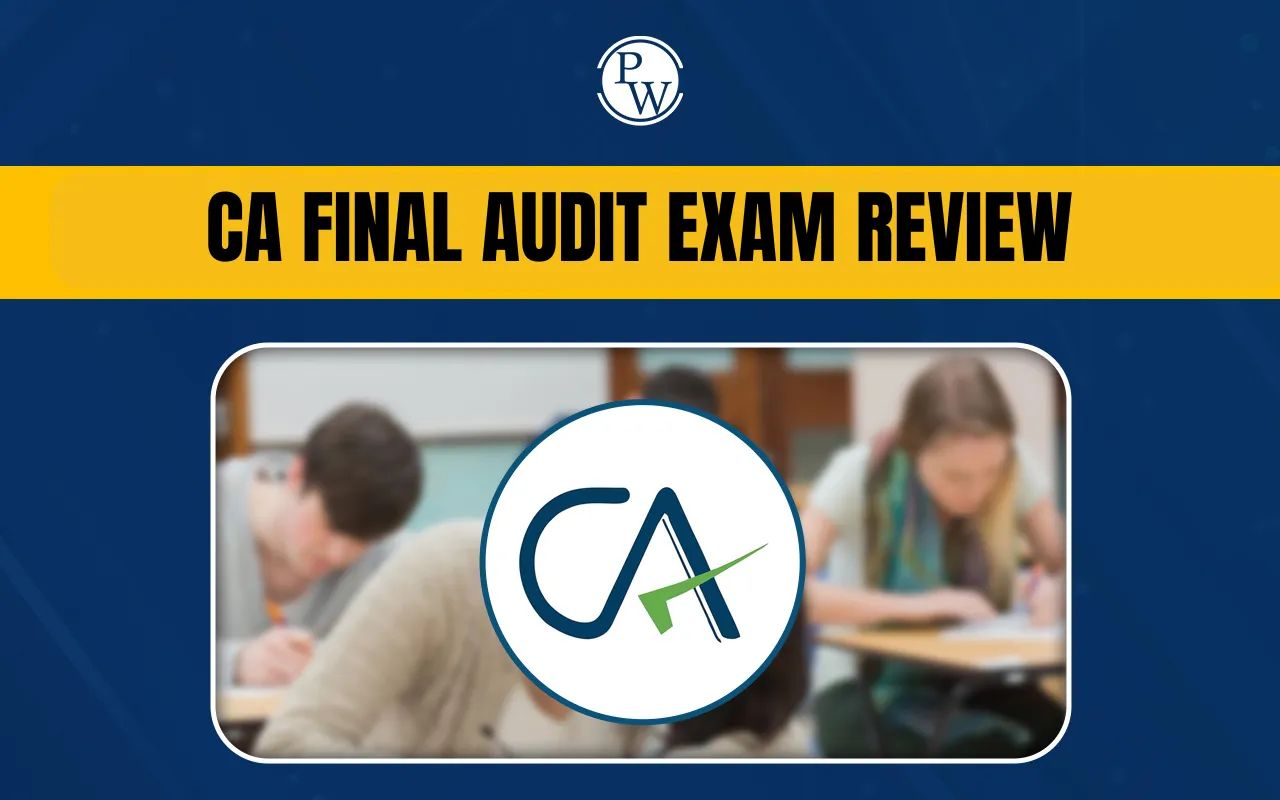
The CA Final Integrated Business Solutions paper is designed to test a candidate’s ability to apply theoretical knowledge to real-world business scenarios. Many students find Case Studies in CA Final Integrated Business Solutions challenging because they require analytical thinking, problem-solving skills, and a deep understanding of business principles.
Here, we will guide you through a structured approach to solving Case Studies in CA Final Integrated Business Solutions, ensuring that you can tackle them effectively and confidently in the CA Final exam.
Structure of Case Studies in CA Final IBS
Before diving into solving case studies, it is crucial to understand their structure. Case Studies in CA Final Integrated Business Solutions typically involve:
-
A Business Scenario: A real-life business situation with challenges, opportunities, and constraints.
-
Problem Statement: Key issues that need to be addressed.
-
Financial and Non-Financial Data: Supporting details, charts, and reports that help analyze the situation.
-
Questions: Specific queries that test your analytical and decision-making abilities.
By breaking down each component, you can develop a structured approach to answer them effectively.
Approach to Solve Case Studies in CA Final Integrated Business Solutions
To prepare for Case Studies in CA Final Integrated Business Solutions, follow these systematic steps:
1. Read the Case Study Carefully
Start by reading the entire case study thoroughly. Highlight important details, including financial figures, key issues, and any constraints mentioned in the problem statement. This helps you understand the core aspects of the case.
2. Identify Key Issues and Objectives
Once you have read the case, list down the major issues faced by the business. Understand the objectives you need to achieve in your response. For example:
-
Improving profitability
-
Reducing operational costs
-
Expanding market share
-
Enhancing customer satisfaction
3. Analyze Financial Data and Business Environment
Most Case Studies in CA Final Integrated Business Solutions will provide financial reports, budget statements, or industry analysis. Use:
-
Ratio Analysis to assess financial health
-
SWOT Analysis to evaluate strengths, weaknesses, opportunities, and threats
-
PESTEL Analysis for external factors affecting the business
4. Develop Alternative Solutions
For every issue, brainstorm multiple solutions. Each alternative should be practical, backed by logical reasoning, and aligned with the given business scenario.
5. Evaluate and Recommend the Best Solution
After listing alternative solutions, compare them based on feasibility, cost-effectiveness, and long-term impact. Justify why your chosen recommendation is the best fit for the case.
Mistakes to Avoid in Case Studies in CA Final IBS
Many students struggle with Case Studies in CA Final Integrated Business Solutions due to common mistakes. Avoid these pitfalls:
-
Ignoring the Requirements: Always answer what is asked, not what you assume.
-
Lack of Structured Response: Organize answers with proper headings, subheadings, and points.
-
Failure to Support with Data: Use facts and figures provided in the case study.
-
Time Mismanagement: Allocate time wisely to ensure all questions are attempted.
-
Superficial Analysis: Provide deep insights rather than generic answers.
How to Practice Case Studies for CA Final IBS
To build confidence, follow these tips:
-
Solve previous years’ Case Studies in CA Final Integrated Business Solutions to understand trends.
-
Join study groups and discuss different approaches with peers.
-
Take mock tests to simulate exam conditions.
-
Seek feedback from mentors or faculty to improve your approach.
Mastering Case Studies in CA Final Integrated Business Solutions requires a combination of analytical thinking, structured problem-solving, and effective time management. By following the step-by-step approach outlined above, practicing diligently, and avoiding common mistakes, you can improve your performance in this critical paper.
To further enhance your CA Final preparation, enroll in PW CA Final Courses, where dedicated faculty provide guidance, case study analysis, and exam-oriented strategies to help you for CA Final exams.
| Also Read: | |
| CA Final Exam Form 2025 | CA Final Exam Date 2025 |
| CA Final Registration 2025 | CA Final Admit Card |
| CA Final Eligibility Criteria 2025 | CA Final Syllabus 2025 |
FAQs
How can I improve my approach to solving case studies in CA Final IBS?
What is the best way to analyze data in case studies?
How much time should I spend on one case study in the exam?
Why do students struggle with case studies in CA Final Integrated Business Solutions?










